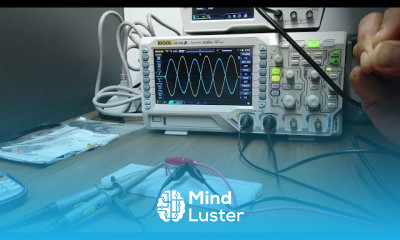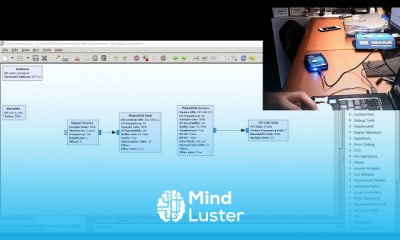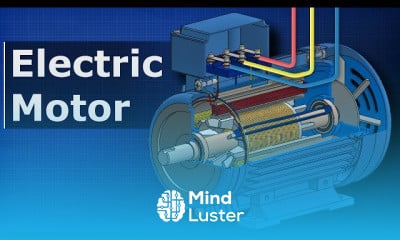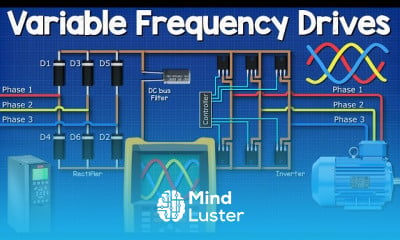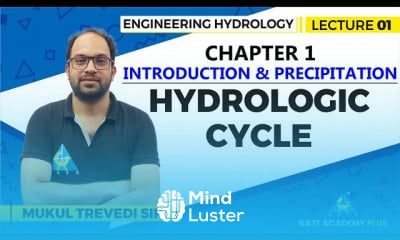Diesel Cycle in hindi Theoretical vs Actual Diesel Cycle Diesel Cycle thermodynamics
Share your inquiries now with community members
Click Here
Sign up Now
Lesson extensions
Lessons List | 27
Lesson
Comments
Related Courses in Engineering
Course Description
Types of gear trains course,
in this course we will learn about the Types of Gear Trains, focusing on the fundamental principles, mechanics, and applications of various gear train configurations used in mechanical systems. Participants will explore the different types of gear trains, including simple gear trains, compound gear trains, reverted gear trains, planetary gear trains, epicyclic gear trains, differential gear trains, helical gear trains, bevel gear trains, and worm gear trains.
We will start by understanding the basics of gear trains, including how gears transmit motion and torque between shafts. The course will cover the design and operation of each type of gear train, highlighting their unique characteristics and advantages. Students will learn how to calculate gear ratios, analyze efficiency, and understand the specific applications where each gear train type is most effective.
Through practical examples and case studies, participants will gain hands-on experience in designing and selecting appropriate gear trains for various engineering applications, such as automotive systems, industrial machinery, and robotics. The course will also address common challenges in gear train design, such as minimizing noise and wear, and optimizing performance.
Trends
Creating Professional emails in excel with AI
IT career
Python Programming | Edureka
English greetings and responses
Learning English Speaking
Python programming language
C Programming from scratch
3D bedroom design fundamentals
Machine Learning for Forex and Stock analysis
Aprender a Programar desde
Building a Website with HTML CSS
python programing
Video editing with adobe premiere
Connecting DSLR cameras to phones beginners
python programming essentials for beginners
C Programming Language
YouTube and video marketing for beginners
Cybersecurity
english to hindi
Java Programming Language
Recent
AutoCAD 3D to 2D conversion techniques
3D Modelling with autoCAD
AutoCAD 2D drawing essentials for beginners
Making 3D Fan blade in autoCAD
Making a Coke bottle in autoCAD 3D
3D photorealistic rendering in autoCAD
AutoCAD 3d modelling and interface
Basic dimensioning in autoCAD for beginners
AutoCAD basics for beginners
3D modeling in bricsCAD for beginners
3D house in autoCAD from scratch
Floor Plans in autoCAD for beginners
AutoCAD keyboard shortcuts for students
Creating an Office Plan from scratch
Creating 3D models in solidWorks
Making 2D drawing in fusion 360
Revit MEP for beginners
Isometric drawing basics in ZWCAD
Civil 3D for beginners
Robots structural analysis for beginners












